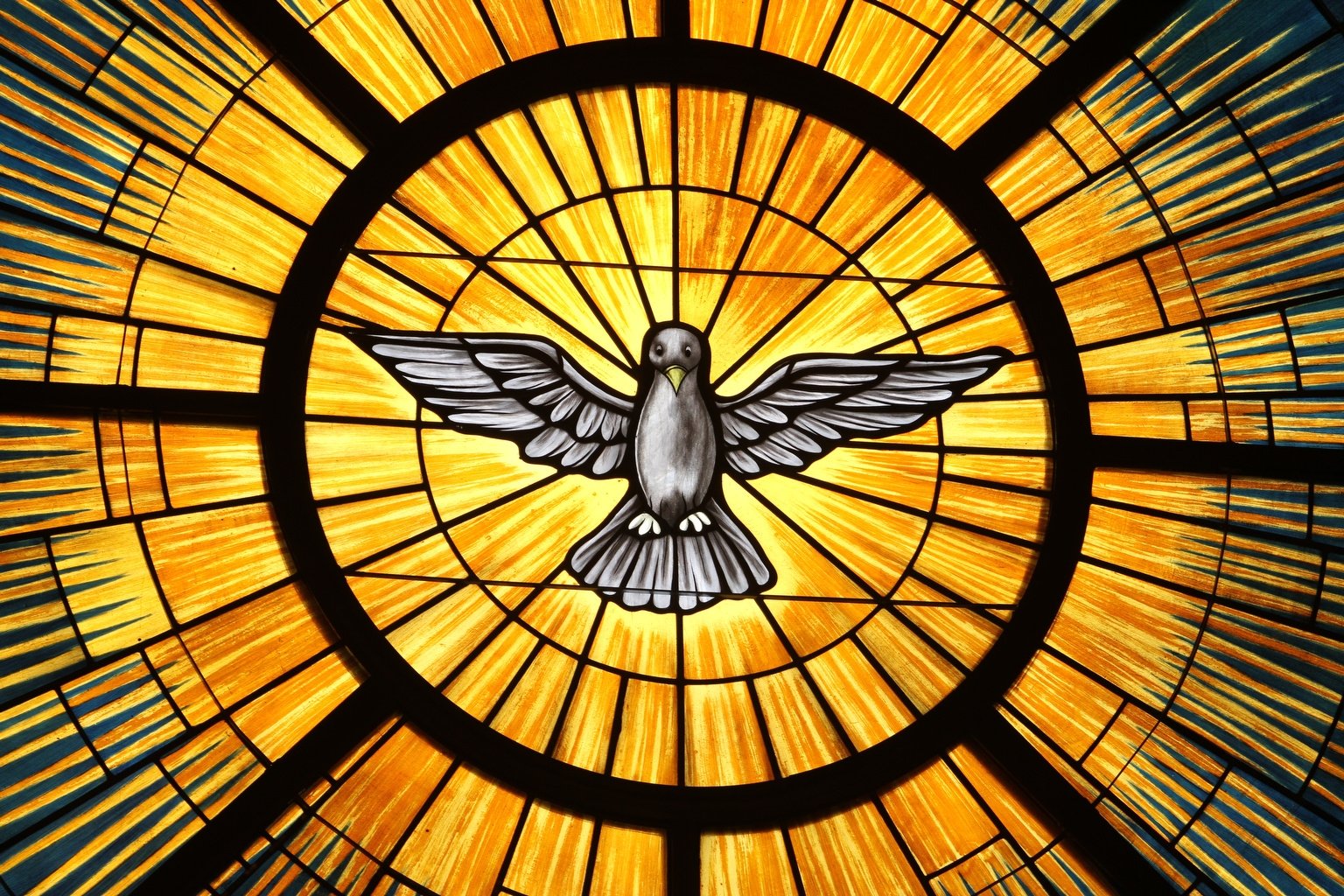Vatican’s II’s impact on the Church after 50 years “has been minimal” due to a failure to think out basic assumptions around clergy and laity, the Eucharist, and priesthood, according to Thomas O’Loughlin, Professor Emeritus of Historical Theology at the University of Nottingham.
In his online address to the Association of Catholics in Ireland, Professor O’Loughlin looked at what synodality means in a Catholic understanding of vocation, as the priestly manpower crisis deepens in Ireland.
He recalled hearing a young man say he was getting a Mass said for his driving test and warned members of the lay reform group that: “Once we get into transactionalism, we have not only destroyed our vision of God, but we have actually destroyed our vision of human society.
When I hear brother presbyters and brother bishops saying that they are terrified by synodality, I often wonder are they terrified for the Gospel or are they terrified for the familiar structures of power?”
“Built into our ecclesial DNA is a command-and-control structure,” he said, and noted that as recently as St Pius X, it had been said that the Church is made up of two unequal parts: "one which is to lead and one which is to be led; one which is to teach and one which is learn.” He added: “So deep inside our structures and our vision is a vision of inequality.”
Asked about whether he believed synodality would take off, the theologian said that either it does “or the Church will collapse”.
He revealed that he has taught students who have gone on to run seminaries in South America that produce evangelicals.
“The reason evangelicals are mopping up is not because they are producing some fabulously different theology but because they are actually building it out of the structures of the people in the first part of the twenty first century. They are not assuming that people are in a structure that was there 250 years ago. Remember every structure that we have in the Church today last got a makeover at the time of the reactions to the Reformation in the late sixteenth century.”
Attempts to update the liturgy had been done in “ham-fistedly” and the Church had stopped being able to speak to the urban population of Europe in the seventeenth and eighteenth centuries.
“So, either we go down the synodal route and build the Church up as a community that has a different vision of how it will live – not individuals but a community made up of individuals - or we will become a historical sect. Will it work? I pray every day it will, because otherwise we are finished.”



 Loading ...
Loading ...